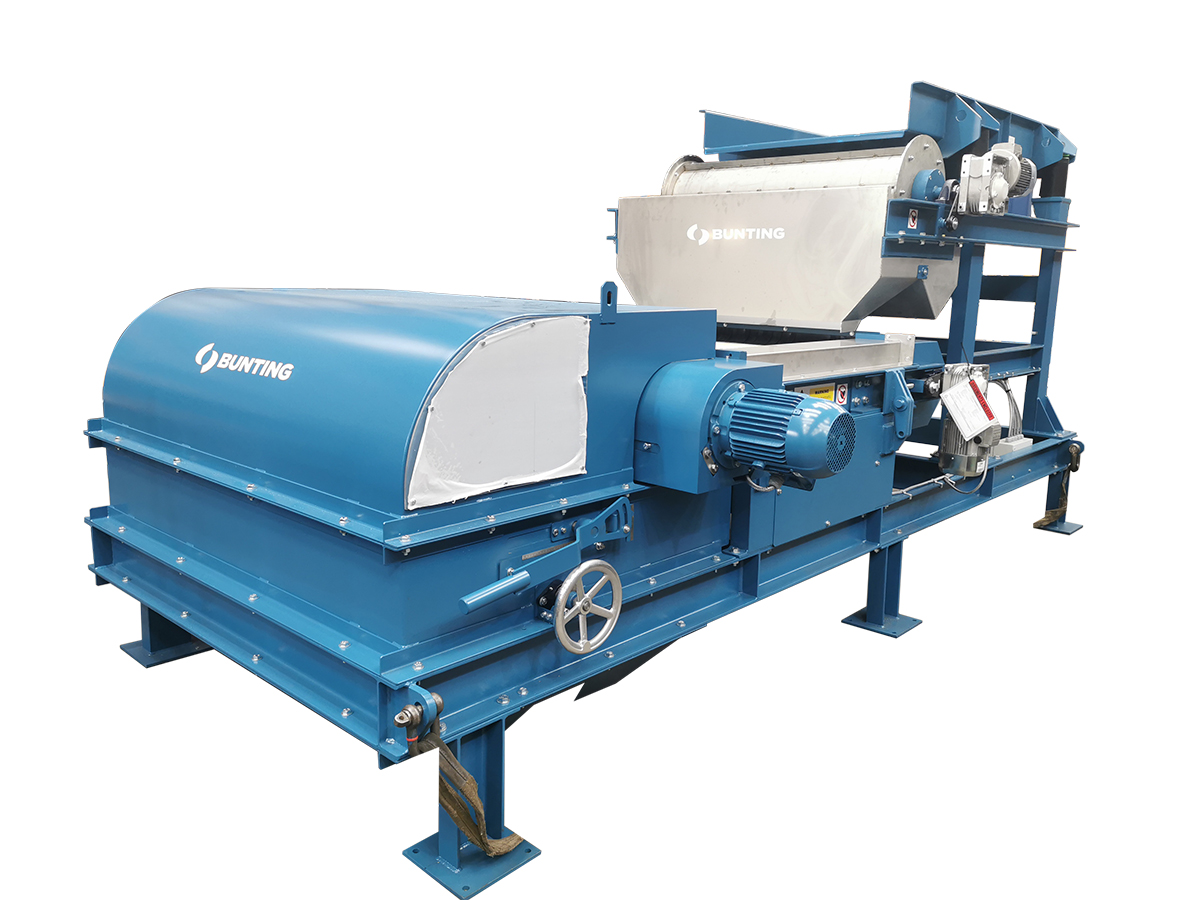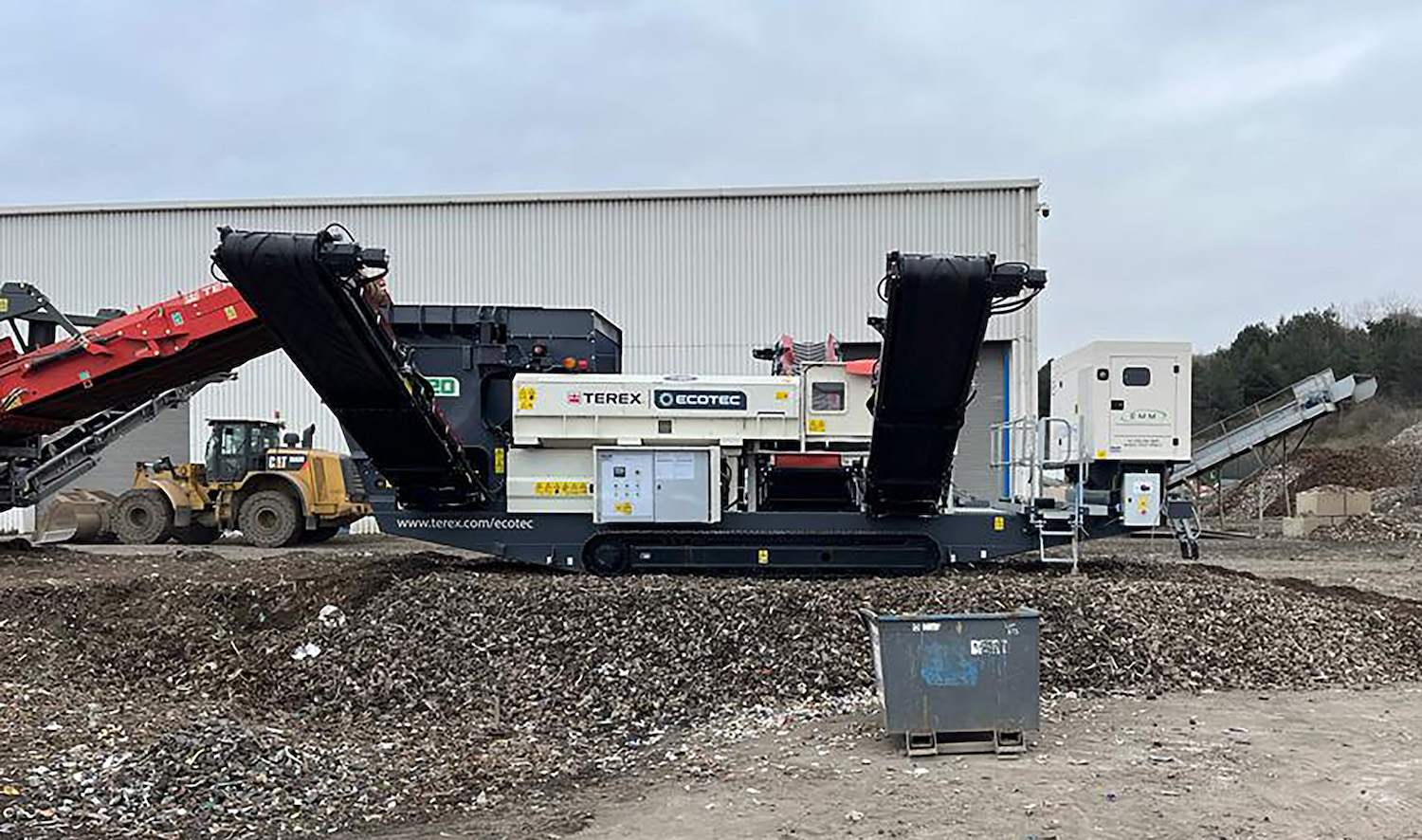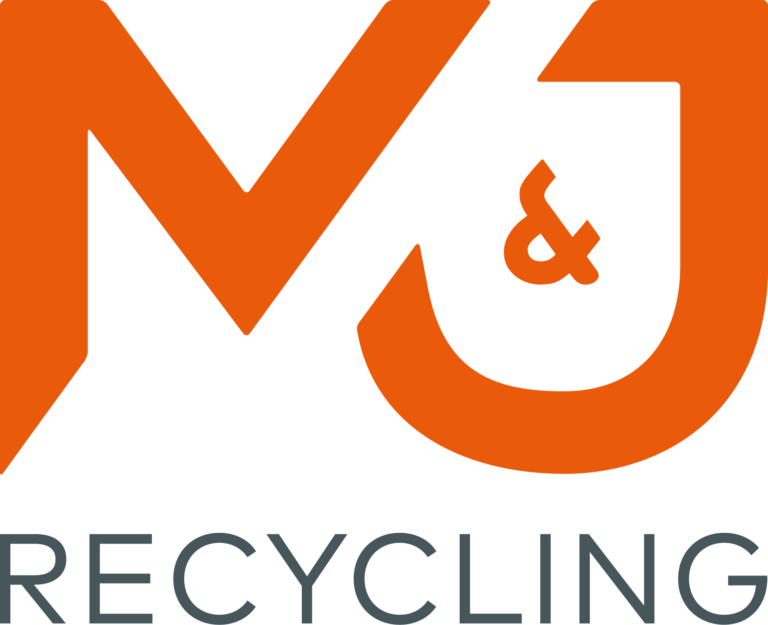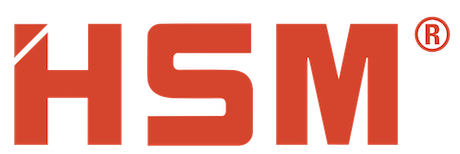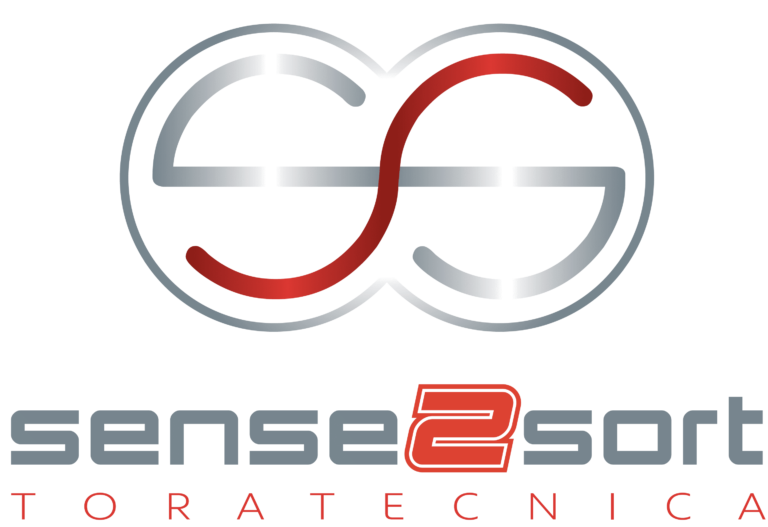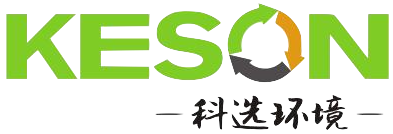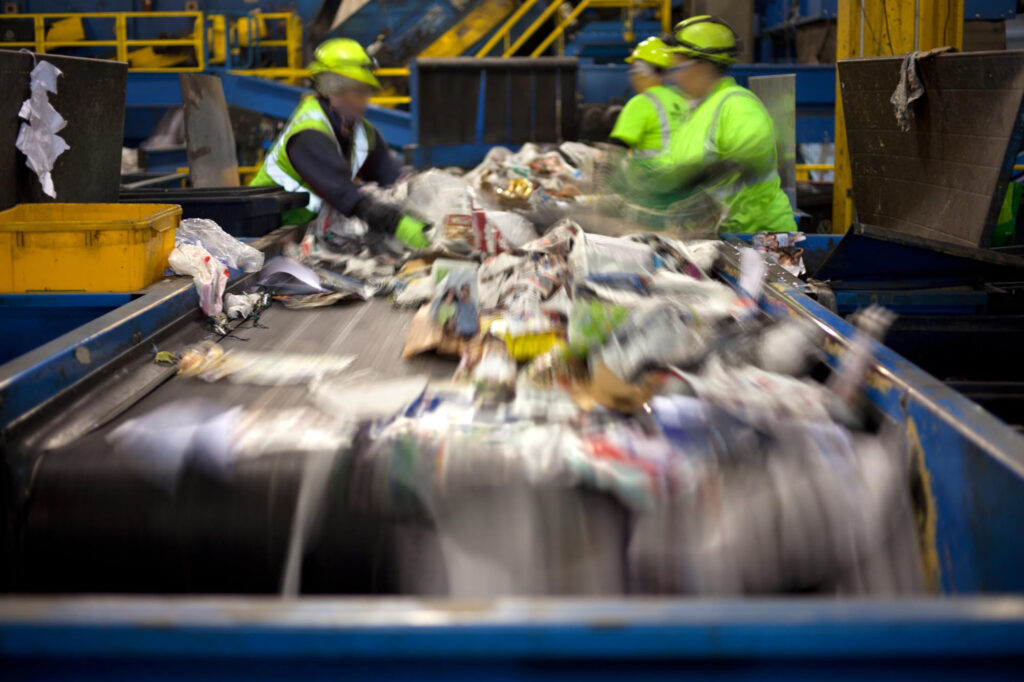The Bunting team is joined on the stand by their local representative Marcel Graef from 3SMI.

Bunting is one of the world’s leading designers and manufacturers of magnetic separators, eddy current separators, metal detectors and electrostatic separators. The Bunting European manufacturing facilities are in Redditch, just outside Birmingham, and Berkhamsted, both in the United Kingdom.
The global production of e-waste rose to 62 million tonnes (Mt) in 2022, up 82% from 2010 (Unitar). Estimates indicate that e-waste will rise to 82 million tonnes by 2030. At present, e-waste recycling meets only 1% of rare earth element demand.

Recovering the valuable metals present in e-waste is challenging, involving liberation, sizing, and separation. Bunting’s separation equipment recovers ferrous and non-ferrous metals at various stages in the e-waste recycling process.
High-intensity magnetic separators, including the Stainless Steel Magnetic Separator, recover small and weakly magnetic metals including fragmented stainless steel. The remaining non-magnetic fraction passes over an Eddy Current Separator, which recovers the non-ferrous metals such as aluminium and zinc. The concentric and eccentric magnetic rotor designs of Eddy Current Separator enable recovery of non-ferrous metals down to 3mm in size.
One of the final processes uses an Electrostatic Separator to recover finer metallic particles. Separation occurs by induced an electrostatic charge into a conductive dry-liberated particle.

The location of a metal separator within an e-waste recycling process depends on the flowsheet, the feed material, and the separation objective. Bunting’s applications engineers work closely with e-waste recyclers to understand their process and recommend the optimum separator solution.
E-waste recyclers also use Bunting’s testing facility at the Customer Experience Centre in the UK to assess metal separation capabilities, processing materials on a wide range of equipment.
“There is a drive to increase e-waste recycling which is only possible if there are recognised processes and equipment,” said Bradley Greenwood, Bunting’s European Sales Manager. “The E-Waste World Conference and Expo provides the ideal opportunity to discuss the challenges facing e-waste recyclers and identify separation technology to enable valuable metal recovery.”
For further information, please contact us on press@buntingmagnetics.com or visit our website:
Bunting-Redditch – www.bunting-redditch.com


